Beta Motorcycles: The Strategy in Oz
Shortly after the recent media launch, where we sampled all eight of Beta’s new-generation 2020-model enduro bikes, we sat down with Patrick Lowry – the Managing Director of Lowry Australia, who has now distributed Beta Motorcycles in Australia for 18 months – for a candid insight into his plans for the Italian brand here in Australia.
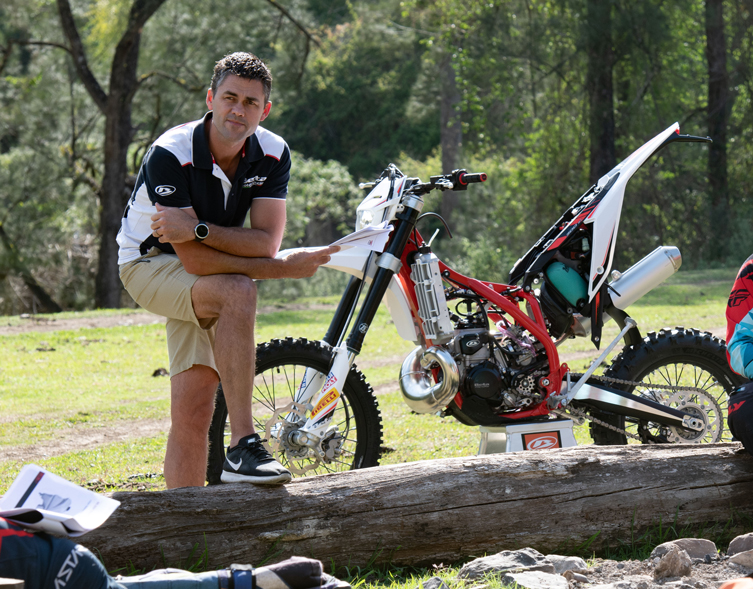
TM: Lowry Australia is a relatively new name in the motorcycle industry, but its personnel aren’t. Tell us a little about the company, and the other brands it distributes.
PL: Lowry Australia has been around for five years now, which is when we began to distribute YCF motorcycles in Australia. For those not familiar with YCF, it’s a French brand of high-quality kids’ fun bikes, and adult pit bikes. The YCFs are entry-level machines and their range is still off-road focused, albeit a very different market. We took over the distribution of Beta Motorcycles a little over 12 months ago – in June of 2018.
You’ve had a fair bit of prior experience with off-road motorcycles while working for Paul Feeney Group, when it was the Aussie distributor for Husqvarna, right?
Yep. Even though I didn’t have a set timeframe, the plan with Lowry Australia was always to take on another brand – in addition to YCF, that is. And taking on Beta is something I was always really comfortable with because enduro is my passion. Plus it’s the market segment I’ve had plenty of experience with. Obviously, it’s prompted us to take on extra personnel, all of whom are experienced in the off-road segment.
Back in 2018, were you aware that Beta’s 2020 enduro model range was going to be new-generation machines?
No, I wasn’t. Back then, my decisions were all based around the potential of the brand itself and the people behind it. But having these new-gen 2020 models is definitely a bonus for us. Beta is the only 100 percent privately owned Italian motorcycle manufacturer still active, and I liked the fact that Beta and Lowry are both family-owned businesses. The factory in Italy is impressive to deal with and very supportive of what we’re doing here in Australia. They’ve been around since 1905 and they’re very good at operating within their means and offering proper old-fashioned back up for their products. In saying that, they certainly have the capacity to continue to grow significantly in the future, in my view. They’re big on proving themselves with tangible results that speak for themselves, such as their recent run of Enduro World Championship titles.
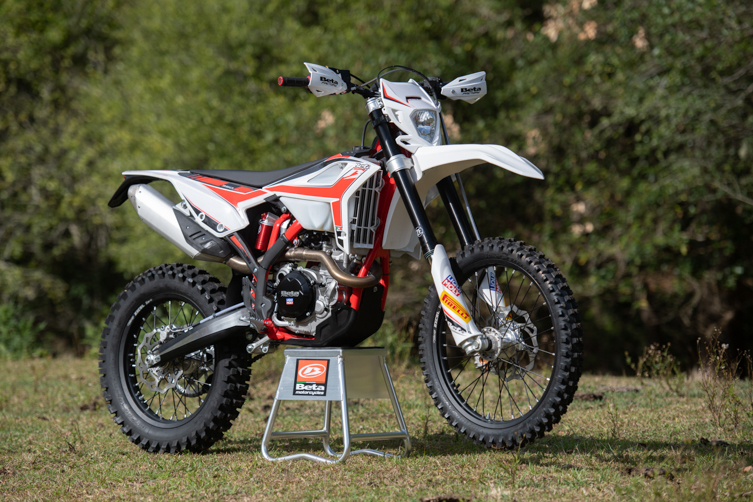
Were you always intending to distribute both the enduro and trials models here in Australia?
The factory’s preference was to have both the enduro and trials bike distributed from under the one roof in Australia. I was up-front with them in saying that our experience was more with enduro and less with trials, but that we were willing to learn and support both properly and professional.
By comparison to enduro, the trials bike market is pretty small, though.
It’s a much smaller piece of the pie when it comes to our sales. In saying that, it’s an important part of Beta’s range. I also think there’s an opportunity to open it up a bit by having trials bikes represented in dealers who carry the enduro models as we are seeing more and more people training on trials bikes for Extreme Enduro, for example. Plus we can back the parts support well because we’re already air-freighting enduro parts weekly via DHL out of the Italian factory and can link the trials in with our enduro orders, which makes for a quick turnaround if something is not on the shelf.
How many Beta dealers do you now have in Australia? And is there a plan to grow that number in the coming years?
We currently have 25 dealers around the country who carry the enduro models, and 30 dealers in total. Our focus over the past 15 months has been to support the dealers we’ve already got with bike stock and parts back-up, but we feel like we’re now in a position to grow our dealer network. Feedback from our customers confirms that they feel more comfortable about owning a Beta if there’s a dealer reasonably close to them. Which makes sense because a motorcycle is a big investment. We’re not looking to have a dealer on every corner, but we’re definitely under-represented at the moment in areas such as Sydney, Adelaide, Newcastle and Northern Territory, to name a few. So we’ve got some work to do there, but I think we’ve now got a fair bit to offer dealers as our expectations are realistic and our focus is on delivering a high level of service for dealers and customers alike.
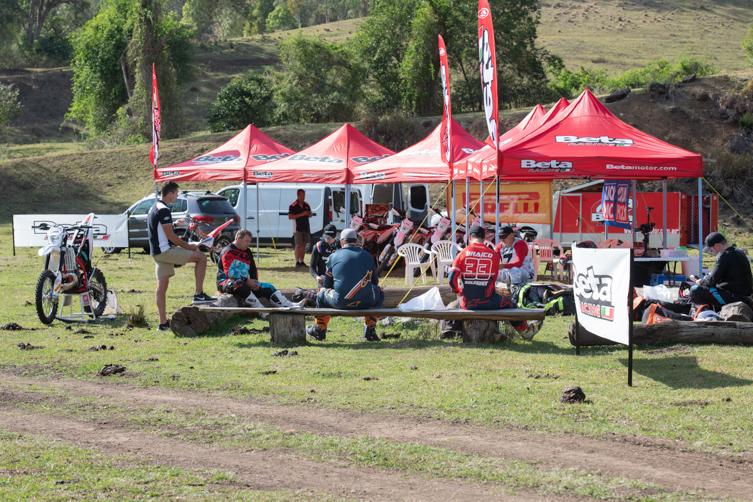
Looking ahead, what growth targets do you project for Beta in Australia?
Like most of the smaller brands in Australia, we like to play our cards pretty close to our chest when it comes to unit sales. Worldwide, I can tell you that projections are for Beta to sell a little over 22,000 units in 2019, which is up about five percent on 2018. We do have unit sales targets, but given that the market is not currently growing – in Australia and around the world – our main focus to grow has to be taking market share as it has to come from somewhere. And I think we’re building a good base for that at the moment. I know the sales will come, but for now our primary objective is to support the brand and dealers properly so customers can feel comfortable in owning a Beta and know that the back-up is there.
It appears that your bike demo program is also part of that ‘making customers feel comfortable’ objective.
Absolutely. We believe in giving people the opportunity to sample the product and decide for themselves. For our 2019 enduro model range, we had around 700 people come along to one of the 16 demo ride events we staged. When you’ve got a good product, getting bums on seats works. We’ve seen immediate results, while for others it’s about brand appreciation – meaning they’re more likely to become a customer some time down the track or tell their mates. Our demo events will remain a big focus for us for the 2020 models.
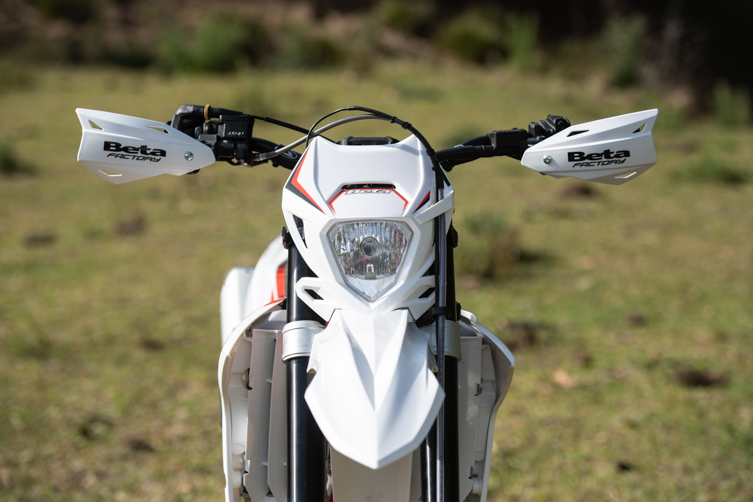
Plus you can leverage off the incredible success that Beta’s Pro racers, Brad Freeman and Steve Holcombe, have had over the past few years in the EnduroGP World Championship?
For sure. Their Enduro World Championship title wins have definitely been really positive for the brand, and the new-generation of bikes we now have is for sure in part thanks to their racing success.
In Australia, Sherco actually sells more of their up-specced Factory models than their standard models. But that’s not the case with the relative sales of Beta’s RR and Racing models. Will that change?
At the moment, we’ve got a lot more demand for our Racing models than we have had in the past, based largely on the fact people seem to go for the KYB closed-cartridge forks they come with. The Racing models start to arrive in Australia in January, and the first few shipments are already accounted for by customers who’ve pre-purchased them. I’m aware of the sales of Sherco’s higher-spec Factory model, but longer term I don’t see it going that way for Beta. We’ll have to wait and see. But for now, our focus is more on the ‘standard’ bike because I think that, unless you’re riding at very high level, our RR model is still going to appeal. In the case of our two-strokes, we’ve found that customers like the trouble-free convenience of the oil injection system with the RR models, meaning there’s no need to premix your fuel like you do with the Racing two-strokes.
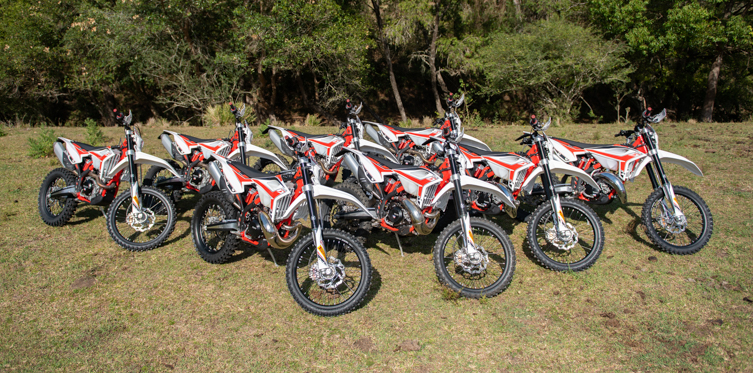
From a pricing point of view, Beta’s RR models are up $500 to $700 for 2020. They’re still pretty much on par with brands such Yamaha, Sherco and Gas Gas, but substantially more aggressively priced than their KTM and Husky equivalents. Does that mean Beta is focused on being the ‘best of the rest’?
I think pricing is important, but only part of the equation. We’re seeing some of our customers coming off Yamahas and others from the more expensive brands. I think the pricing differential between Beta and brands like KTM and Husqvarna is enough to get people’s attention and prompt them to consider coming across to us. In my eyes, we have a different model range to brands such as Sherco and Gas Gas – except for the 300cc two-stroke customer, which we all fight over a bit [laughs].
Like several of those other brands you mention, the 300cc two-stroke is also Beta’s biggest seller, right?
Yes, it is. Which gives you a sense for just how much of a resurgence there’s been in two-strokes. Second to the RR300 here in Australia is our two-stroke 300cc X-Trainer, which is a model we don’t have a lot of competition for here. After that, it’s the RR200 two-stroke that we introduced just a year ago. It also fills a capacity gap the other brands don’t – or no longer – offer. With the 200, I think the factory has done a great job in listening to what the market wants and developing a bike accordingly. The guys who buy the RR200 are typically more recreational riders than racers. Then comes the RR390, which is our biggest-selling four-stroke model.
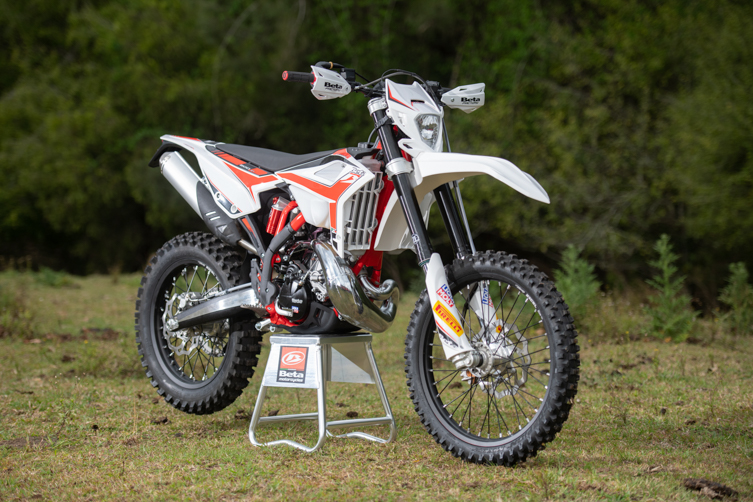
Worldwide, the ratio of two-stroke to four-stroke sales is 65/35. In Australia, sales are even more skewed toward two-strokes – like 75/25, right? As the four-strokes spearhead the 2020 range, does that give you hope you’ll sell more four-strokes?
It does. As does the fact we offer four different capacities in the new-generation four-stroke range for 2020. From a sales perspective, I think the four-strokes have punched below their weight for a while, and that these all-new 2020 models represent our biggest opportunity for growth this year. Having said that, the new balancer shaft on our 250 and 300cc two-strokes – along with all the other sweeping changes to the entire range – gives us a great opportunity to grow their sales as well.
Coming back to Beta’s X-Trainer 300, do you see that as a ‘stepping-stone’ model that helps bring riders into the Beta fold?
We know that the customers who buy the X-Trainer are generally older and/or getting back into bikes. And a lot of women also buy them. Yes, I think the model does help introduce Beta to consumers, but there’s definitely good demand for this enduro bike segment in its own right. For someone who doesn’t want or need an enduro bike that’s as seriously equipped as our RR models, the X-Trainer is an obvious, cost-effective choice.
At the launch, you made a fair bit of noise about how much cheaper Beta’s parts are than rival brands. Is that a loss-leading strategy?
No. Having realistic parts pricing is a fundamental part of Beta’s strategy worldwide. Beta is really big on making the bikes affordable to buy in the first place, and as simple and affordable to maintain as possible. Hence the affordably priced parts. In a way, this acts as an incentive for owners to maintain their bikes properly too. When you compare a selection of consumable parts, Beta comes in significantly cheaper than our competitors.
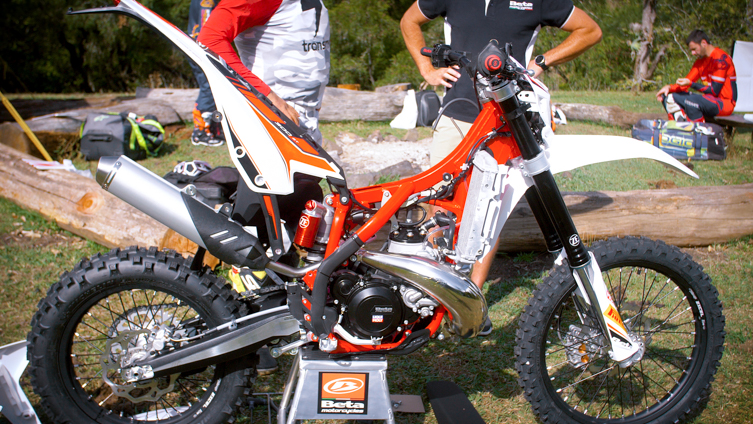
Give us more of an insight into the e-Shop concept, where Beta dealers get a commission of the online sales you make directly with customers.
The e-Shop was already operating when we took over the distribution. It was originally as set up to ensure good parts back-up when the dealer network was pretty sparse. We had a lot of feedback that owners love the convenience of being able to shop for and purchase parts online, and receive the parts overnight. The customer must nominate a Beta dealer when he or she makes the online purchase directly with us, meaning the dealer isn’t bypassed. The nominated dealer gets a return on their investment via a commission on the sale. Along with an industry-standard six-month warranty on parts and labour on the bikes, this e-Shop system is all about offering the customer a convenient, direct, fast-turnaround online spare parts service.
What does the future for Beta look like in, say, five years in Australia?
We’ll have a larger network of highly engaged and passionate dealers who are selling significantly more units than we currently do. For us, the really important thing is that we back the brand and the product in a very professional way. We’re ambitious about where we want to be in five years, but in reality we need to take it one year at a time. And if we lay the foundations properly, we’re confident that both sales and market share gains will come.
Last up, what’s your favourite model in the 2020 range?
Last year, it was the 350 four-stroke. This year, it’s a toss-up for me between the 300cc two-stroke and the 390cc four-stroke. These new-generation 2020 models are all great, but I found myself having more fun in the saddle aboard the 300 and 390. And that’s what it’s all about; it’s why we all ride these things in the first place.
More on the 2020 Beta Range

🎥 FIRST IMPRESSION: BETA’S 2020 RR RANGE
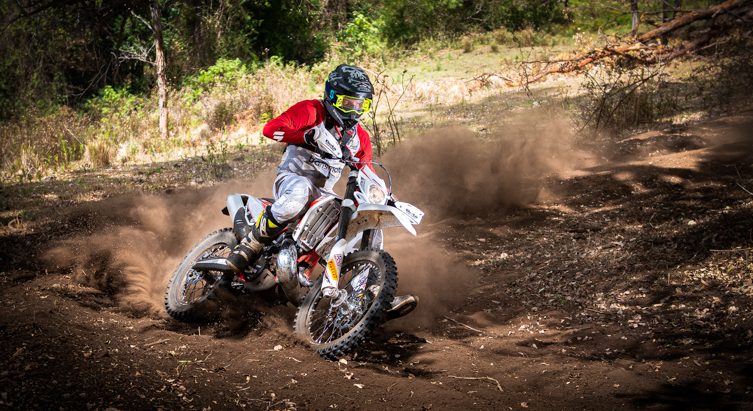
TESTED: BETA’S 2020 ENDURO RANGE

2020 BETA MODELS: THE UPGRADES
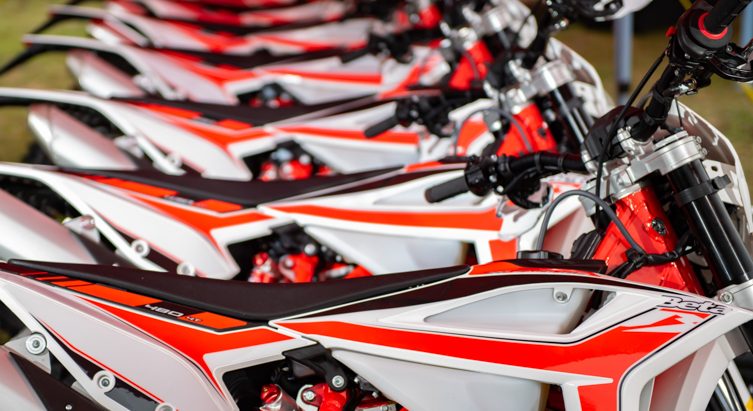
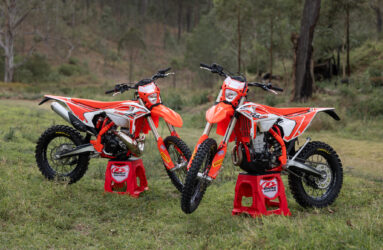
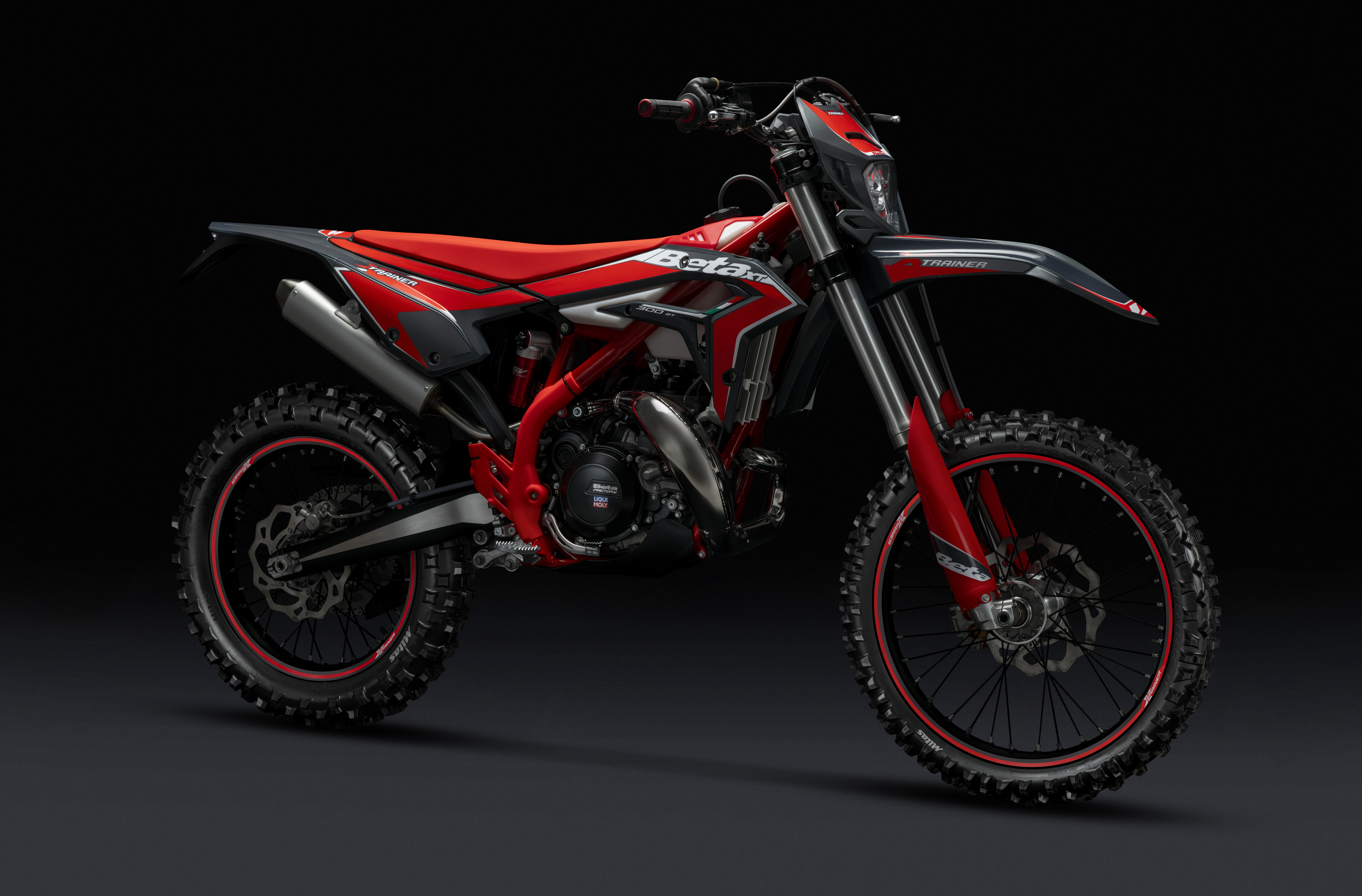
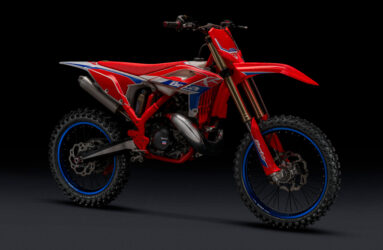
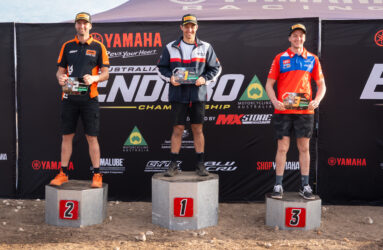
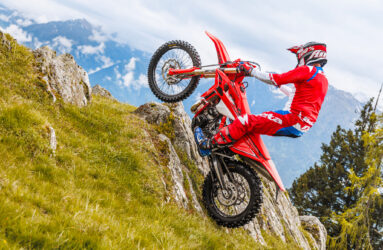

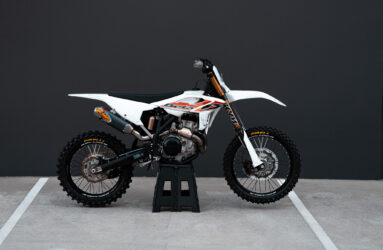

Be the first to comment...